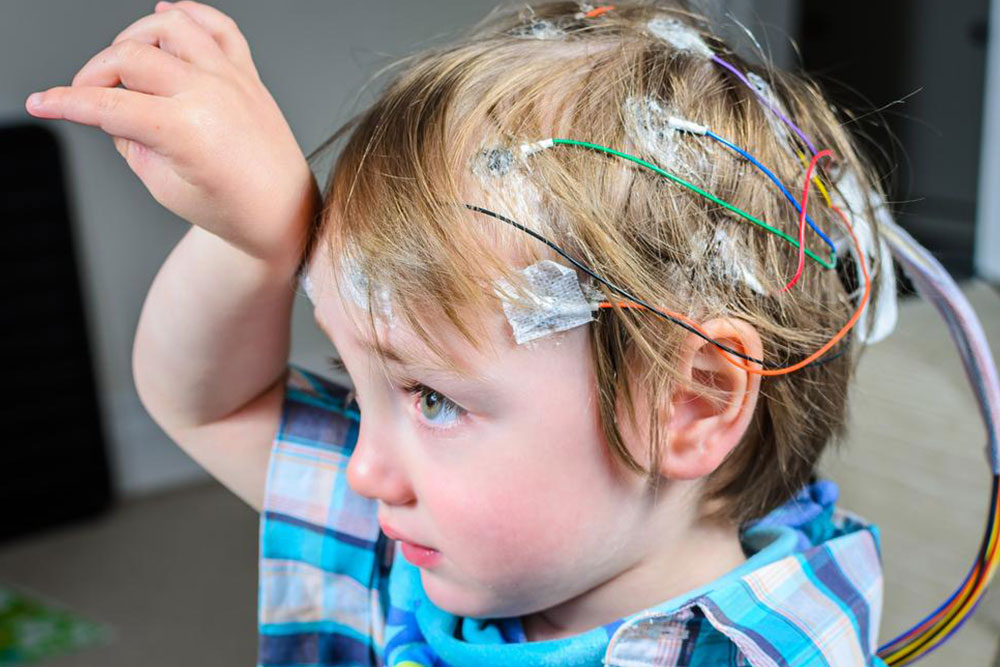Comprehensive Guide to Common Migraine Triggers and Management
Learn about the various triggers that can provoke migraines, including emotional, environmental, dietary, physical, medication, and hormonal factors. This comprehensive guide helps sufferers identify and manage their specific triggers to reduce migraine occurrence and improve well-being.

Comprehensive Guide to Common Migraine Triggers and Management
Migraines are intense headaches distinguished by throbbing pain typically on one side of the head. This neurological condition often accompanies symptoms like nausea, sensitivity to light and sound, and dizziness. While not life-threatening, migraines can severely impact daily life. The headache progresses through various stages—prodrome, aura, the headache phase, and postdrome—but not everyone experiences all stages. Symptoms and triggers vary widely among individuals, making personalized management essential.
Scientists believe brain stem activity and external stimuli influence migraine occurrence, with some cases being hereditary. Certain substances or environmental factors known as triggers can prompt migraines, but their effects differ from person to person, influencing the severity and frequency.
Emotional Triggers
Environmental Triggers
Dietary Triggers
Physical Triggers
Medication Triggers
Hormonal Triggers
Emotional states such as stress, sadness, arguments, and excitement can provoke migraines in susceptible individuals. Environmental factors like temperature fluctuations, atmospheric pressure changes, bright lights, loud noises, and strong smells are common triggers. Dietary choices—like skipping meals, caffeine, alcohol, chocolate, and food additives such as MSG and aspartame—also play a role. Physical exertion, fatigue, dehydration, and sleep deprivation contribute to migraine onset. Some medications, including vasodilators and hormonal contraceptives, may induce migraines. Hormonal shifts during ovulation, pregnancy, menopause, or hormone therapy are additional triggers to consider. Recognizing these factors can help manage and reduce migraine occurrences effectively.
Understanding personal triggers allows sufferers to take preventive measures and improve their quality of life. Consulting healthcare professionals for personalized strategies is advisable for effective migraine management.










